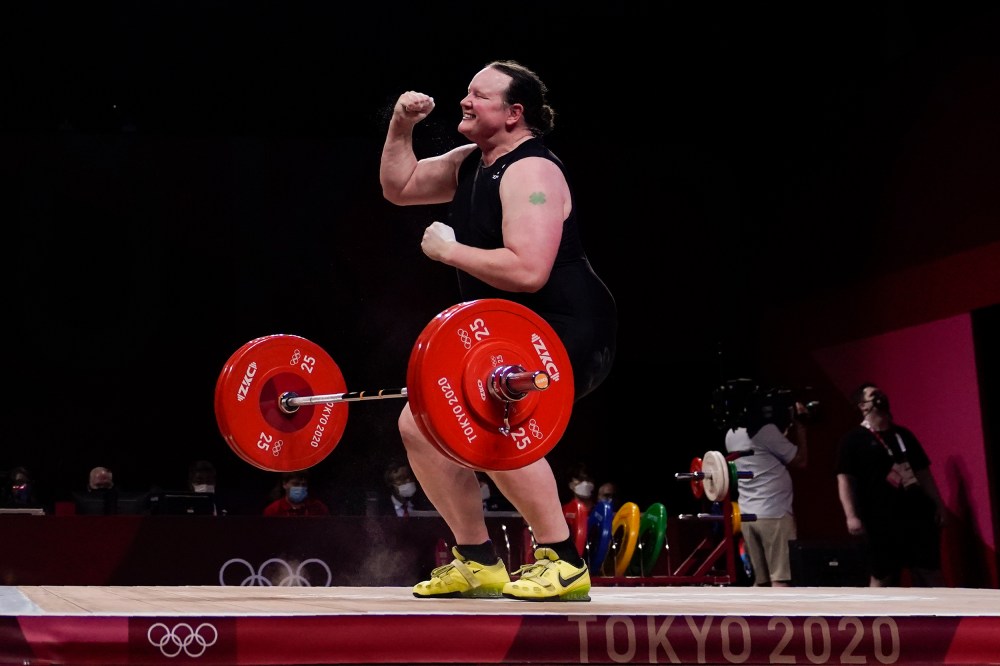A groundbreaking study that was sponsored by the International Olympic Committee and released late last week sought to compare a range of athletic abilities between trans athletes and their cisgender counterparts. The finding that trans women athletes are at a relative disadvantage in many key physical areas relating to athletic ability and perform worse on cardiovascular tests than their cisgender counterparts could be the first step in fighting back against the conventional wisdom conservatives have spread that trans women’s participation is inherently unfair.
Trans women athletes are at a relative disadvantage in many key physical areas relating to athletic ability and perform worse on cardiovascular tests than their cisgender counterparts.
Over the last several years, few anti-LGBTQ policies have taken off as quickly within mainstream politics as those banning trans women and girls from women’s and girls’ sports. Prompted by the success of trans college swimmer Lia Thomas, who won a national championship during her senior year, dozens of conservative states and sports administrators rushed headlong into outright bans on trans women’s rights to participate equally in sports.
The political argument seemed simple; natural, even. We all know men are superior athletes to women, conservatives argued, so allowing trans women to compete with women would be inherently unfair. Because it felt like common sense to a lot of people, it made for a compelling political argument.
But the study that the IOC commissioned, and the University of Brighton conducted, found that while trans women are stronger in some respects, like grip strength, cis women have stronger lower bodies. The study also found that trans women have a similar bone density as their cis women counterparts, which rebuts a frequent refrain from conservatives who’ve argued otherwise to justify banning trans girls and women from sports.

All the participants in this study participated in competitive sports or took part in physical training at least three times a week. The 35 trans athletes had to have completed at least one consecutive year of hormone replacement therapy.
It’s just one study, so we should avoid drawing grand conclusions from it, but, at the very least, the study shows that the bodies of trans women who’ve been on at least one year of hormone replacement therapy are very, very different from cis men’s bodies. In their conclusion, researchers cautioned against hurdling into blanket bans on trans women’s participation in women’s sports and declared that using data comparing cis men and cis women’s bodies to justify these bans is wrong. It has become commonplace for anti-trans campaigners to make arguments against trans participation in sports by citing the difference between cis men’s and cis women’s bodies; in other words, pretending that trans women’s bodies are identical to those of cis men’s.
This should be a warning to legislators not to rush to appease transphobic people.
We need more study on this issue, but at the very least, this should be a warning to legislators and sports administrators who want to make decisions based on data not to rush to appease transphobic people who’ve been fomenting a panic over this issue.
Conservatives, however, show no sign of slowing down in their persecution of trans athletes. Just this week, the conservative crusade against trans athletes reached a new low as Oklahoma state athletic officials proposed punishing All Elite Wrestling for featuring a trans woman in its women’s division during a show held in Oklahoma City. That’s professional wrestling … where the outcomes are predetermined and scripted.













